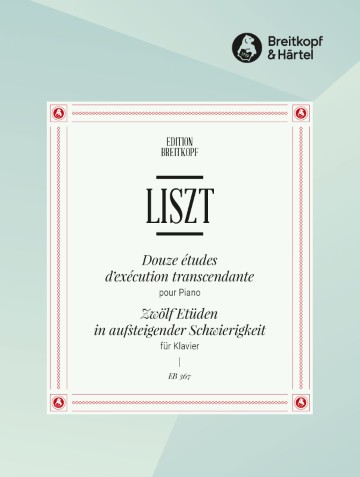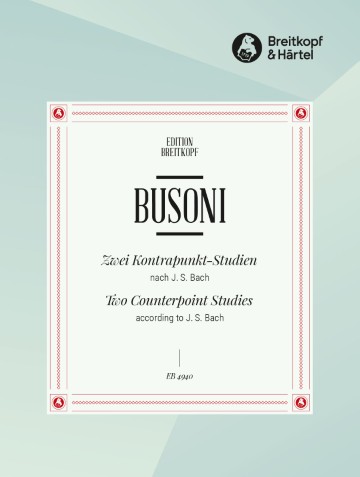Description
John Sykes Polonaise is an exciting piano solo from the fascinating English composer John Sykes, Polonaise is a dynamic piano solo that channels the grandeur …of Chopin’s style while adding a distinctly modern flair.
Originally composed as incidental music for a school play in 1952, the Polonaise exists in two versions, this and one for two pianos.
The latter was part of the incidental music for a Kingswood School play production of Jonah and the Whale by James Bridie in November 1952, and had the subtitle Assyrian Festive Dance.
Sadly the manuscript for the solo piano version is lost, but it has recently been possible to reconstruct it with the help of Dr. K.G. Martlew, a past pupil who had memorised the music.
The piece features a bold opening, a lyrical trio section, and a triumphant coda, embodying the festive spirit of an “Assyrian Dance.” Though its title suggests Polish influence, the music’s origins are intriguingly theatrical.
Comparison of the two versions shows that the solo one almost certainly predates that for two pianos, and thus may well not have been intended as incidental music. This may help explain the apparent translation of Nineveh to Poland! It is a virtuoso piece, very much in the style and form of a Chopin polonaise with a central trio section and an exultant new theme in the coda.
About the composer John Sykes (b.1909 d.1962):
Early Life and Education
John Austin Sykes was born in 1909 in colonial India, where his father served in the Indian Civil Service. He attended Clifton College in Bristol, studying organ under Douglas Fox and earning his FRCO qualification while still a schoolboy.
From 1928, he was organ scholar at Balliol College, Oxford, reading Modern History and serving as president of the Oxford University Opera Club. In 1932, he entered the Royal College of Music to study composition with Ralph Vaughan Williams and Gordon Jacob, taking piano as a secondary study.
Teaching Career and Conscientious Objection
In 1936, Sykes joined the staff of Methodist Kingswood School in Bath, where he remained for life. He was appointed Director of Music in 1952 and taught notable pupils such as the historian E. P. Thompson.
During World War II, he registered as a conscientious objector and served in the Pioneer Corps, balancing his pacifist principles with contributions to the war effort.
Compositional Output
Most of Sykes’s music was written for Kingswood School or close friends, and much remains unpublished in the John Sykes Archive at Kingswood School, Bath.
Orchestral works: a symphony, a piano concerto, a suite “in old style” for strings, and Eight Pieces for small orchestra
Choral works: a Te Deum, the Christmas anthem The Child of the World (text by Randall Swingler), and Litanie for double chorus (performed in London, 1933)
Theatre music: over 20 scores for school productions
Chamber and keyboard music: piano solos, duos (notably for the Peppin twins)
Song settings: 36 settings of William Blake’s Songs of Innocence and Experience, plus poems by Randall Swingler
In 2022, the baritone Mark Padmore highlighted Sykes’s “On Another’s Sorrow” in his BBC Radio 3 survey of English art song, renewing interest in Sykes’s contributions to 20th-century repertoire.
Further Exploration
If you’d like to dive deeper, the John Sykes Archive at Kingswood School holds autograph manuscripts, correspondence, and unpublished scores. Peter Clulow’s liner notes for Fearful Symmetry provide insightful commentary on Sykes’s stylistic influences and his relationship with Vaughan Williams.





